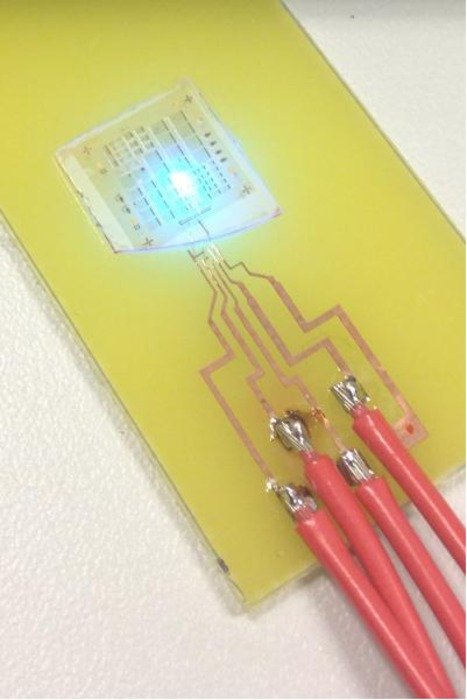WASHINGTON, Jan. 8 (UPI) -- Canadian and European scientists say they've taken a lesson from fireflies to make a light-emitting diode more than 1 1/2 times as efficient as the original.
Researchers from Belgium, France and Canada studied the internal structure of firefly lanterns, the organs on the bioluminescent insects' abdomens that light up to attract mates.















